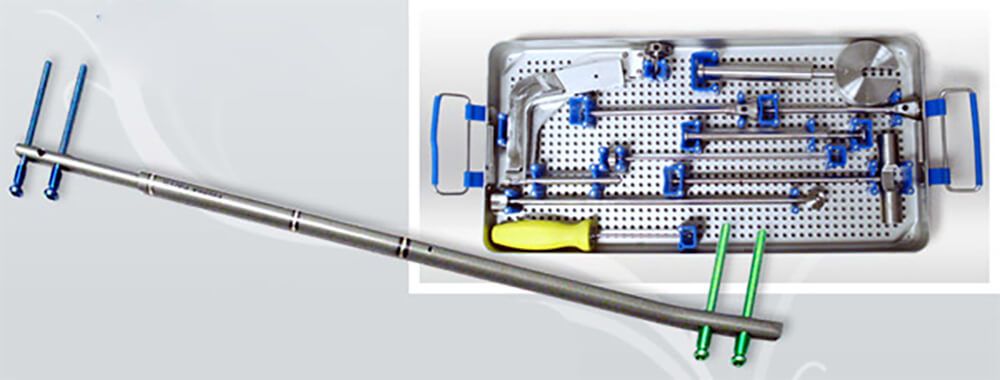Among people who are considering limb lengthening surgery as an option to grow taller, one of the biggest concerns is the financial aspect. The overwhelming percentage of Wanna Be Taller limb lengthening patients find it really difficult to afford. Many of these people take loans or borrow money. We have had patients who saved up money for many years to be able to undergo this surgery, some of them even sold their car only to pay for leg lengthening operation. Such examples once again remind us about the huge costs of limb lengthening that take a toll on our budgets. But why is limb lengthening expensive? We will try to provide a detailed answer to this question.
It is already no secret that limb lengthening is probably the most expensive cosmetic surgery in the world. It is also possibly the most invasive one. Because this surgery involves serious procedures such as an osteotomy (surgical breaking of the major bones in legs), and daily distraction of bones beginning several days after surgery. Executing a successful and flawless limb lengthening surgery can only be the job of very skillful doctors with years of experience in orthopedic surgeries. Also, this surgeon has to be able to prevent possible complications to a maximum extent, and treat them if they happen. It is natural that an expert limb lengthening surgeon will dictate high costs for his/her services. Unfortunately, it is only a partial answer to the question “why is limb lengthening expensive?”.

Now we come to the most significant contributor to the total cost of limb lengthening operation. Limb lengthening surgeries have taken a long path to evolve into the modern, comfortable, safe, and reliable surgery methods and technologies of today. The research and development of technologies such as Fitbone, Precice took years, and it should not be a surprise to us when these intramedullary devices cost a lot of money. These devices incorporate some high-end materials (alloys) and mechanisms that can be considered as some kind of precision instruments.
Apart from the expenses related to the surgery itself, a considerable amount of money should be secured for the post-surgery process as well. Hotel accommodation, food, nursing, transportation, services for special needs, all of these may snowball and put the patient into a really tough position after the surgery is done and the patient is in no position to work at least for several months. For this reason, it is probably one of the most important steps of planning your limb lengthening surgery: budget planning.
We agree with our patients who complain about why limb lengthening is so expensive, especially the cost of implants. Only for the cost of a pair of Stryde nails, one can buy a really good car or even an apartment in some countries. It could definitely be made cheaper so that our patients could afford the surgery more easily. Unfortunately, we don’t have much control over the price in this regard. When the costs of implants go up, we have to adjust the prices accordingly. However, we always announce discounts and special deals on many occasions throughout the year. Luckily, there are also surgery methods such as Holyfix and LON which range between 13,000-17,000 euros, and this is significantly cheaper than high-end methods.
For detailed information and appointment:
Phone & WhatsApp: +90 531 988 30 90
Email: support@wannabetaller.com
Instagram: @wannabetaller
